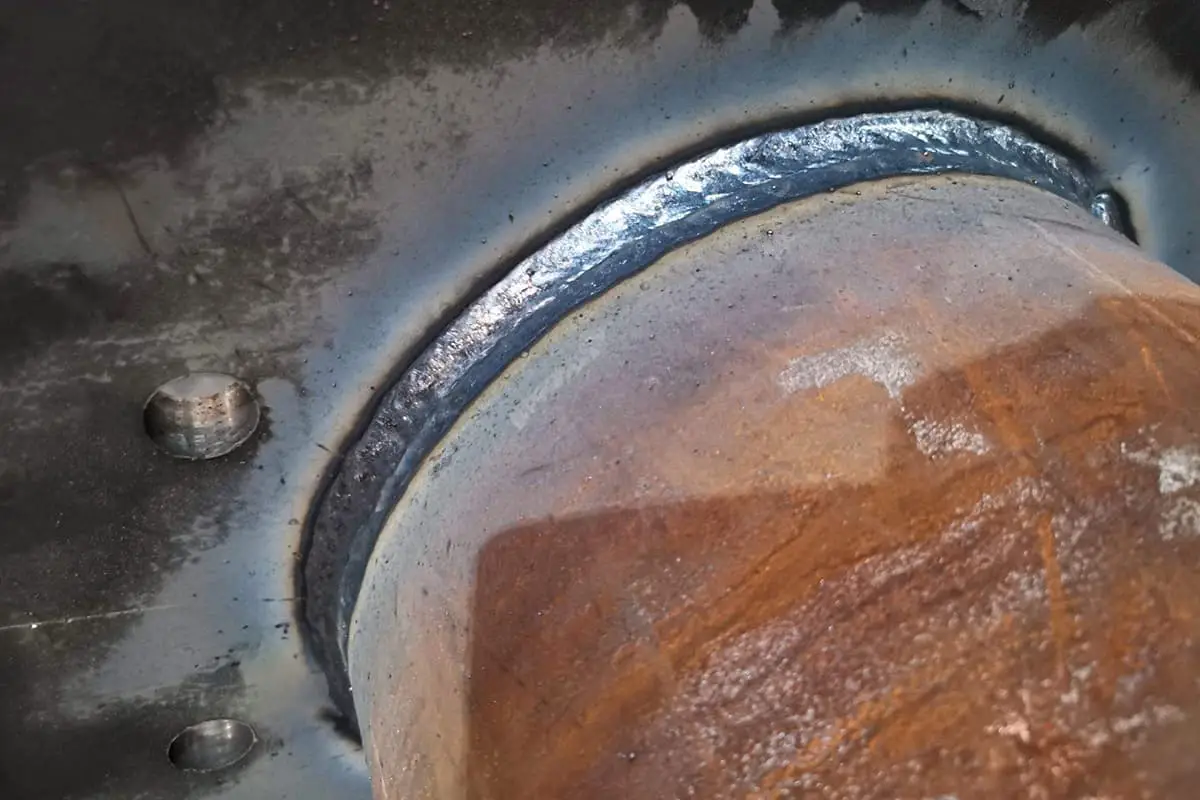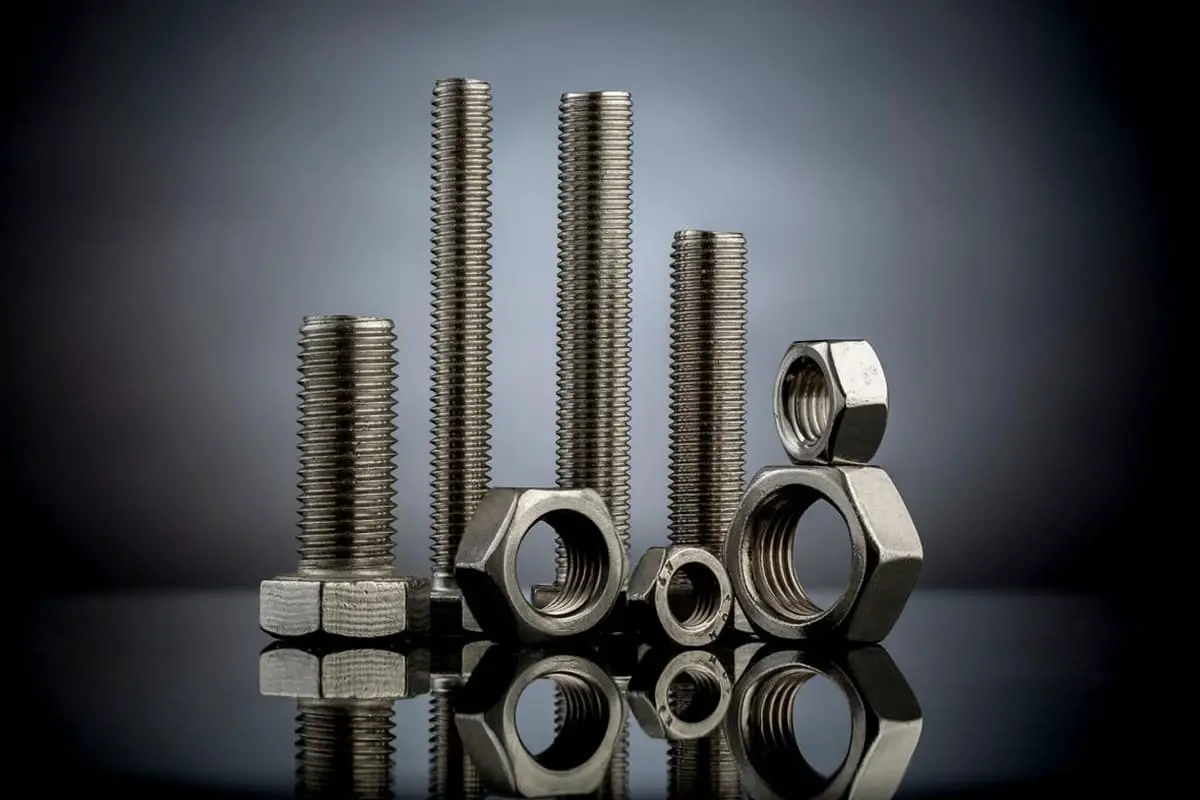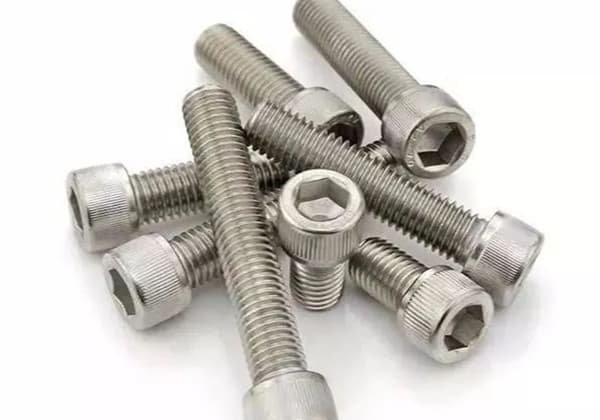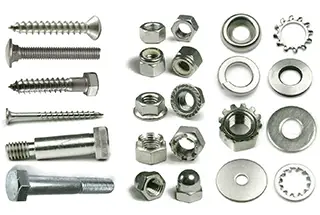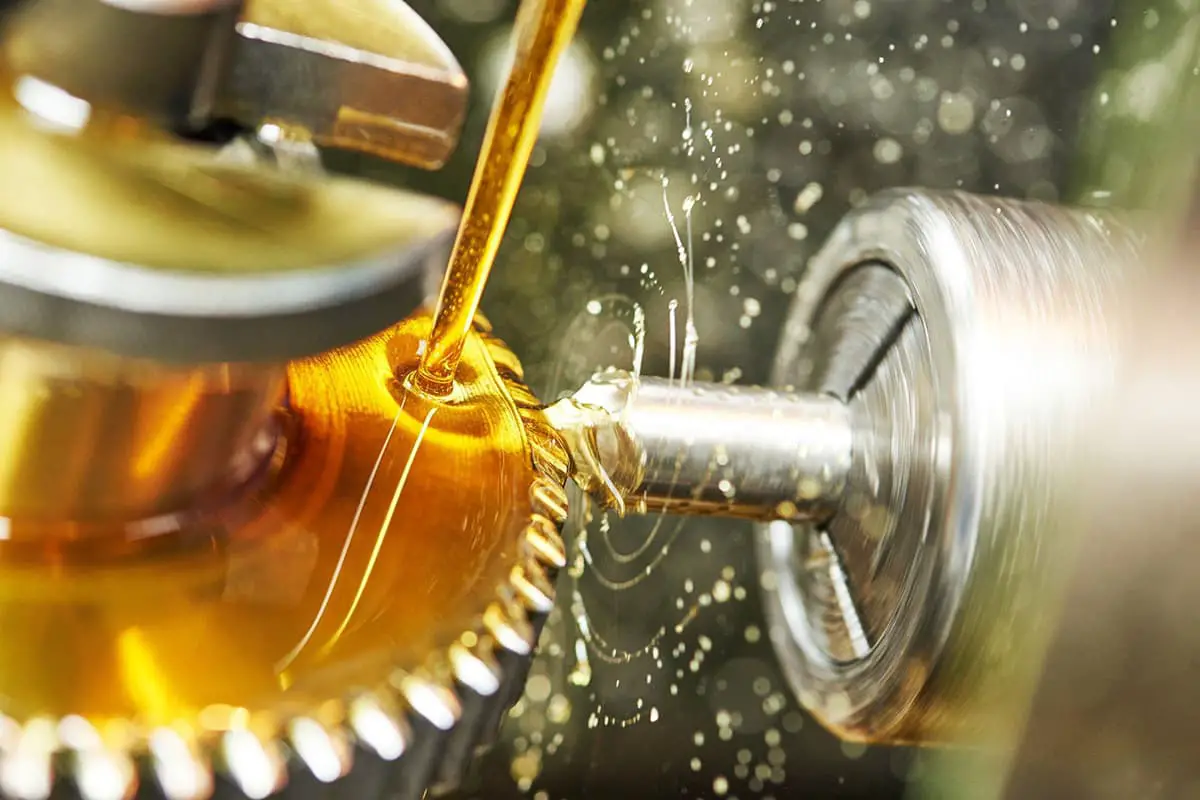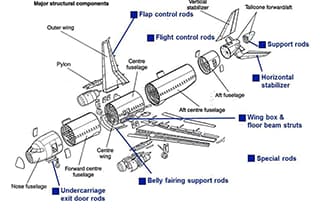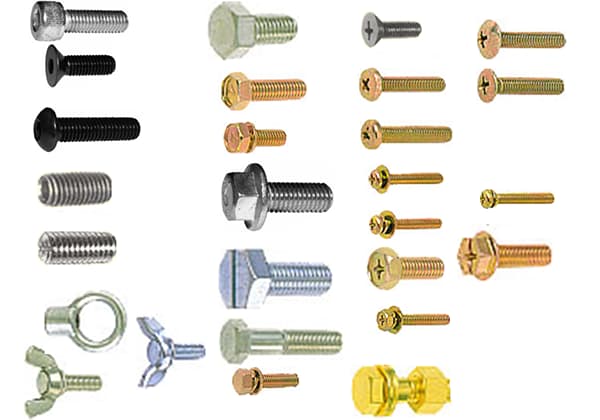
Have you ever considered the critical role hexagonal head bolts play in engineering? These fasteners, ranging from carbon steel to stainless steel, are essential for countless applications, each type designed for specific forces and conditions. This article offers a detailed weight chart for hexagonal head bolts, ensuring you can choose the right bolt for your project. Dive into the specifications and discover how to optimize your designs with precise weight measurements and material properties, boosting both efficiency and safety in your constructions.
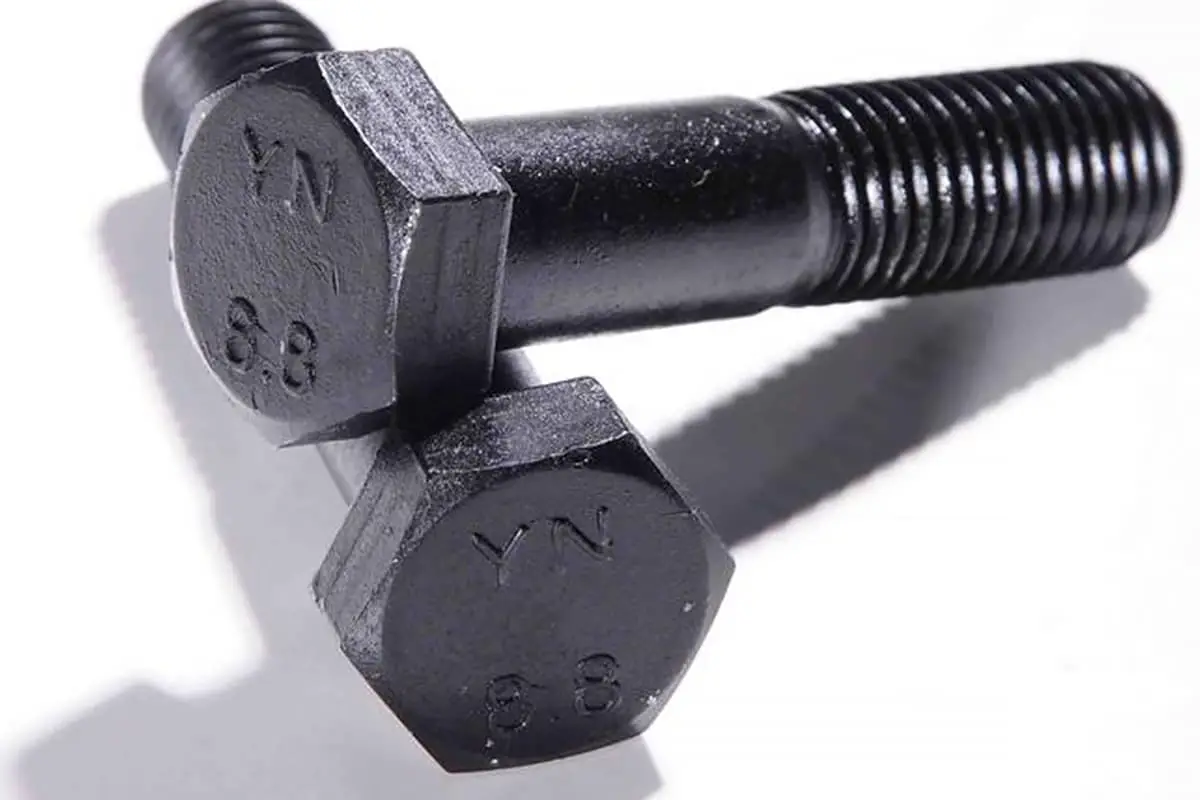
Hexagonal head bolts are categorized into two primary types: external hex bolts and internal hex socket cap screws.
The classification of bolts extends to their connection and load-bearing characteristics, with standard types and those specifically engineered for pivot applications. Pivot bolts are precision-matched to the hole dimensions and are employed in scenarios involving significant lateral forces, ensuring optimal load distribution and minimizing wear.
Head geometry plays a crucial role in bolt selection, with common variants including hexagonal, round, square, and countersunk designs. Countersunk bolts are preferred in applications demanding flush surfaces post-installation, as their tapered heads can be recessed into the mating components. Round head bolts offer similar flush-mounting capabilities. Square head bolts provide superior torque transmission but at the cost of increased spatial requirements. Hexagonal heads remain the industry standard due to their balance of torque capacity and tool accessibility.
To address vibration-induced loosening in dynamic environments, specialized bolt designs incorporate locking features. These include drilled head bolts and shaft-drilled bolts, which accommodate secondary locking mechanisms such as cotter pins or safety wire. This design approach significantly enhances the fastener’s resistance to rotational movement under vibrational loads, maintaining joint integrity in critical applications.

Currently, the market mainly consists of hexagon socket screws made from three types of materials: carbon steel, stainless steel, and copper.
(1) Carbon Steel.
We classify this into low carbon steel, medium carbon steel, high carbon steel, and alloy steel based on the carbon content in the material.
(2) Stainless Steel.
Performance grade: 45, 50, 60, 70, 80. The primary division is into austenitic (18%Cr, 8%Ni), which has good heat resistance, corrosion resistance, and weldability.
A1, A2, A4 Martensite, 13%Cr, has poorer corrosion resistance, high strength, and good wear resistance. C1, C2, C4 Ferritic stainless steel, 18%Cr, has better forgeability and stronger corrosion resistance than martensite.
The current market import materials are mainly Japanese products. The primary division by grade is SUS302, SUS304, SUS316.
(3) Copper.
The commonly used material is brass zinc-copper alloy. The market mainly uses H62, H65, H68 copper for standard parts.
Carbon steel products use the following sheet metal: serial number, type, and optional material. 1. 4.8-grade hexagon screws 1008K 1010 1015K 2. 6.8-grade hexagon screws.
| Specifications (Diameter × Length) | Weight of a Thousand Bolts (Kg) | |
| Without Nuts | With Nuts | |
| M10×30 | 29 | 40 |
| M10×40 | 35 | 46 |
| M10×50 | 41 | 52 |
| M10×60 | 47 | 58 |
| M12×30 | 41 | 57 |
| M12×40 | 49 | 65 |
| M12×50 | 58 | 74 |
| M12×60 | 67 | 83 |
| M12×70 | 76 | 92 |
| M12×80 | 85 | 101 |
| M14×40 | 69 | 94 |
| M14×50 | 81 | 106 |
| M14×60 | 93 | 118 |
| M14×70 | 105 | 130 |
| M14×80 | 117 | 142 |
| M14×90 | 129 | 154 |
| M16×40 | 92 | 126 |
| M16×50 | 106 | 140 |
| M16×60 | 122 | 156 |
| M16×70 | 138 | 172 |
| M16×80 | 154 | 188 |
| M16×90 | 170 | 204 |
| M16×100 | 185 | 219 |
| M20×50 | 183 | 245 |
| M20×60 | 205 | 267 |
| M20×70 | 230 | 292 |
| M20×80 | 255 | 317 |
| M20×90 | 279 | 341 |
| M20×100 | 304 | 366 |
| M20×110 | 329 | 391 |
| M20×120 | 354 | 416 |
| M20×130 | 378 | 440 |
| M22×60 | 250 | 326 |
| M22×70 | 280 | 356 |
| M22×80 | 310 | 386 |
| M22×90 | 339 | 415 |
| M22×100 | 369 | 445 |
| M22×110 | 399 | 475 |
| M22×120 | 429 | 505 |
| M22×130 | 459 | 535 |
| M22×140 | 489 | 565 |
| M22×150 | 519 | 595 |
| M22×160 | 548 | 624 |
| M24×80 | 388 | 500 |
| M24×90 | 424 | 536 |
| M24×100 | 459 | 571 |
| M24×110 | 495 | 607 |
| M24×120 | 531 | 643 |
| M24×130 | 566 | 678 |
| M24×140 | 602 | 714 |
| M24×150 | 637 | 749 |
| M24×160 | 673 | 785 |
| M27×80 | 519 | 687 |
| M27×90 | 564 | 732 |
| M27×100 | 609 | 777 |
| M27×110 | 654 | 822 |
| M27×120 | 699 | 867 |
| M27×130 | 744 | 912 |
| M27×140 | 789 | 957 |
| M27×150 | 834 | 1002 |
| M27×160 | 879 | 1047 |
| M27×170 | 924 | 1092 |
| M27×180 | 969 | 1137 |
| M30×100 | 765 | 999 |
| M30×110 | 820 | 1054 |
| M30×120 | 875 | 1109 |
| M30×130 | 931 | 1165 |
| M30×140 | 986 | 1220 |
| M30×150 | 1042 | 1276 |
| M30×160 | 1098 | 1332 |
| M30×170 | 1154 | 1388 |
| M30×180 | 1210 | 1444 |
| M30×190 | 1266 | 1500 |
| M30×200 | 1322 | 1556 |
| M30×210 | 1378 | 1612 |
| M30×220 | 1434 | 1868 |
| M36×110 | 1246 | 1617 |
| M36×120 | 1326 | 1697 |
| M36×130 | 1406 | 1777 |
| M36×140 | 1486 | 1857 |
| M36×150 | 1566 | 1937 |
| M36×160 | 1646 | 2017 |
| M36×170 | 1726 | 2097 |
| M36×180 | 1806 | 2177 |
| M36×190 | 1886 | 2257 |
| M36×200 | 1966 | 2337 |
| M36×210 | 2046 | 2417 |
| M36×220 | 2126 | 2497 |
| M36×230 | 2206 | 2577 |
| M36×240 | 2286 | 2657 |
| M42×150 | 2223 | 2822 |
| M42×160 | 2332 | 2931 |
| M42×170 | 2441 | 3040 |
| M42×180 | 2550 | 3149 |
| M42×190 | 2659 | 3258 |
| M42×200 | 2768 | 3367 |
| M42×210 | 2877 | 3476 |
| M42×220 | 2986 | 3585 |
| M42×230 | 3095 | 3694 |
| M42×240 | 3204 | 3803 |
| M42×250 | 3313 | 3912 |
| M48×150 | 3005 | 3962 |
| M48×160 | 3147 | 4104 |
| M48×170 | 3289 | 4246 |
| M48×180 | 3431 | 4388 |
| M48×190 | 3573 | 4530 |
| M48×200 | 3715 | 4672 |
| M48×210 | 3857 | 4814 |
| M48×220 | 3999 | 4956 |
| M48×230 | 4141 | 5098 |
| M48×240 | 4283 | 5240 |
| M48×250 | 4432 | 5389 |
| M48×260 | 4574 | 5531 |
| M48×280 | 4858 | 5815 |
| M48×300 | 5142 | 6099 |
| d | S | H | D | Approximate Weight of 1000 Steel Nuts (kg) | |||
| Nominal Size | Tolerance | Nominal Dimension | Tolerance | ||||
| Rough Manufacturing | Semi-Precision Manufacturing | ||||||
| 6 | 10 | -0.36 | 5 | ±0.48 | ±0.38 | 11.5 | 2.317 |
| 8 | 14 | -0.43 | 6 | 16.2 | 5.674 | ||
| 10 | 17 | -0.52 | 8 | ±0.58 | ±0.45 | 19.6 | 10.99 |
| 12 | 19 | 10 | 21.9 | 16.32 | |||
| -14 | 22 | 11 | ±0.70 | ±0.55 | 25.4 | 25.28 | |
| 16 | 24 | 13 | 27.7 | 34.12 | |||
| -18 | 27 | 14 | 31.2 | 44.19 | |||
| 20 | 30 | 16 | 34.6 | 61.91 | |||
| -22 | 32 | -1 | 18 | 36.9 | 75.94 | ||
| 24 | 36 | 19 | ±1.00 | ±0.65 | 41.6 | 111.9 | |
| -27 | 41 | 22 | 47.3 | 168 | |||
| 30 | 46 | 24 | 53.1 | 234.2 | |||
| 36 | 55 | -1.2 | 28 | 63.5 | 370.9 | ||
| 42 | 65 | 32 | ±1.50 | ±0.80 | 75.5 | 598.6 | |
| 48 | 75 | 38 | 86.5 | 957.3 | |||
Note:

